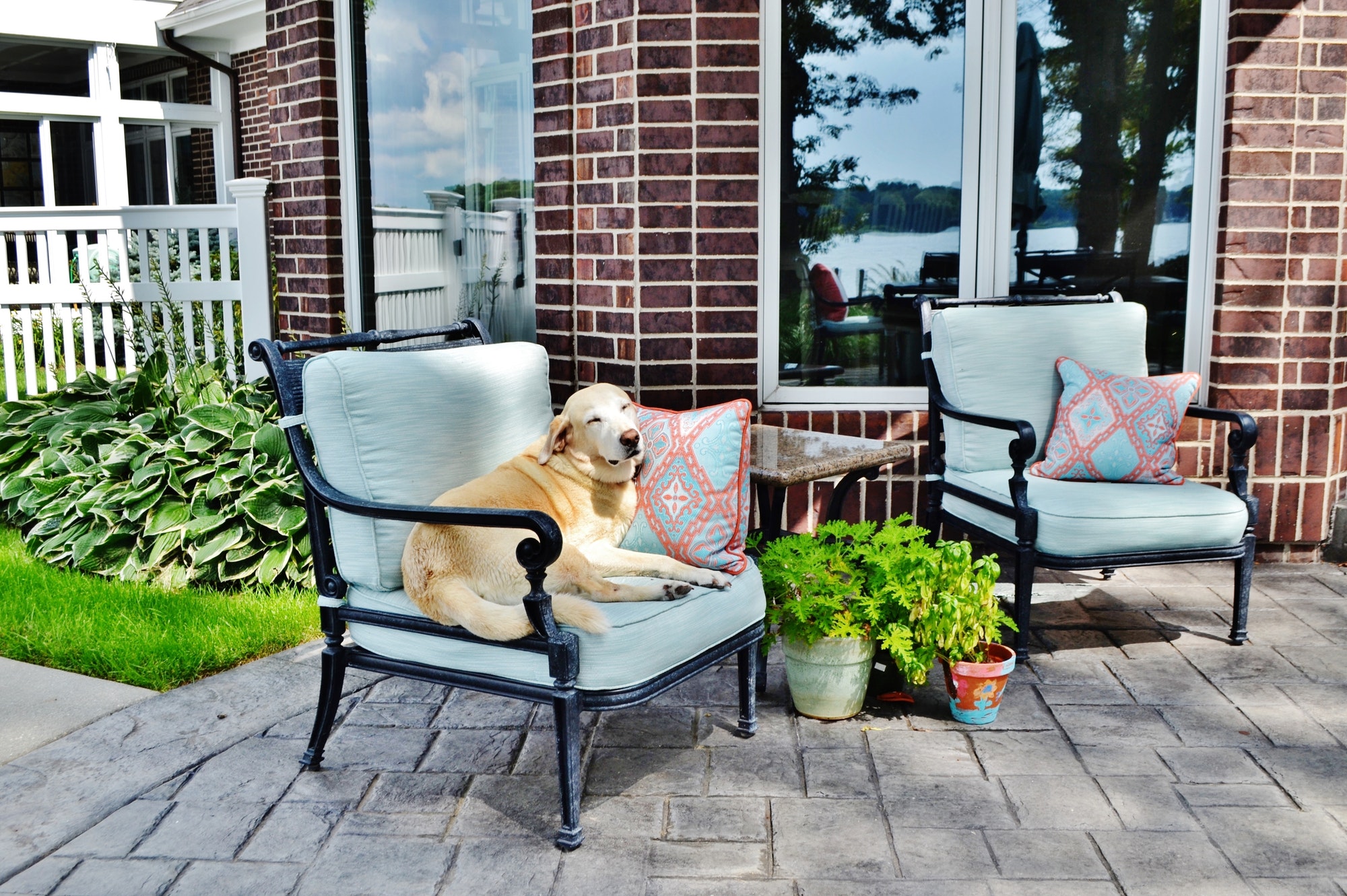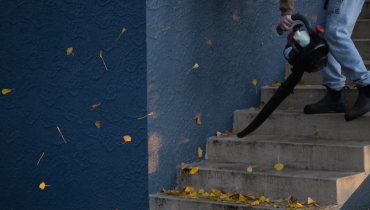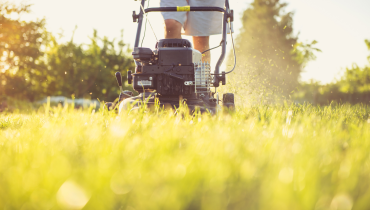For all the benefits of outdoor living, it seems that one of the most basic drawbacks may be dirty outdoor fixtures. Fortunately, there are various tricks of the trade to protect and ease your furniture, keeping it looking lovely for years to come. Below, you’ll discover property and strategies for cleaning outdoor areas using various materials, from wood to metal to plastic.
Fundamentals of Safety
First and foremost, regardless of the cloth, we recommend specific techniques for any outdoor furniture. The most important piece of advice we can provide to even the most hesitant cleaners? Invest in coverings for all of your fixtures, no matter what kind of material they are made of.
Even after protecting your outdoor furniture from the elements, we recommend that owners smooth all outdoor furniture four to five times each year, usually at the start of each season and at various times during the summer season.
You’ll be a cleaning pro in no time, and you’ll never have to worry about a visitor sitting on a filthy patio chair again.
Outdoor Wooden Furniture
Wooden furniture may seem the most difficult to clean; with its varying texture and distinctive finishes, returning to a wood deck with a bucket of water might be nerve-wracking. However, several cleaners make cleaning wood parts a snap.
Please work with the product in tiny portions to ensure the ground can be properly wiped smooth; wood has an open, sometimes difficult texture, which means it takes a little more elbow grease to achieve a good clean, but the cleansers have a big payout.
Stainless Steel Outdoor Furniture
Rust/oxidation is the most severe threat to any exterior metallic fixtures. Rust may be an extreme concern for any unprotected steel surfaces over time, and it can even destroy furniture.
A stylish smooth is practically smooth after this first satiny and rust-clearing. To remove dirt or scuff marks, use Gentle Scrub (or a specially made solution with a completely light exfoliant) with a smooth cloth.
Outdoor Furniture Made of Plastic and All-Climate Wicker
All surfaces, plastic, and all-weather wicker furniture are likely to be low-maintenance and season-incredible in any environment. It’s easy to clean those portions: Use a mild cleanser devoid of chlorine, bleach, and scrubbing/abrasive particles after the first dusting.
Dilute your product with water before using it on any plastic surfaces to keep yourself at peace. If you want to restore shine and make plastic seem current, you may use WD-40 with a mild fabric.
Outdoor Upholstered Furniture
Your outdoor sofa’s plush cushions, too, need a break! Check the fabric tags for any producer’s instructions specific to the brand or material type. However, a few more recommendations are to keep your outdoor upholstery in good shape.
Even if you’re not a giant cleaner, it’s a good idea to give your furniture a quick clean over the summer months and let the items dry out in the sun.







